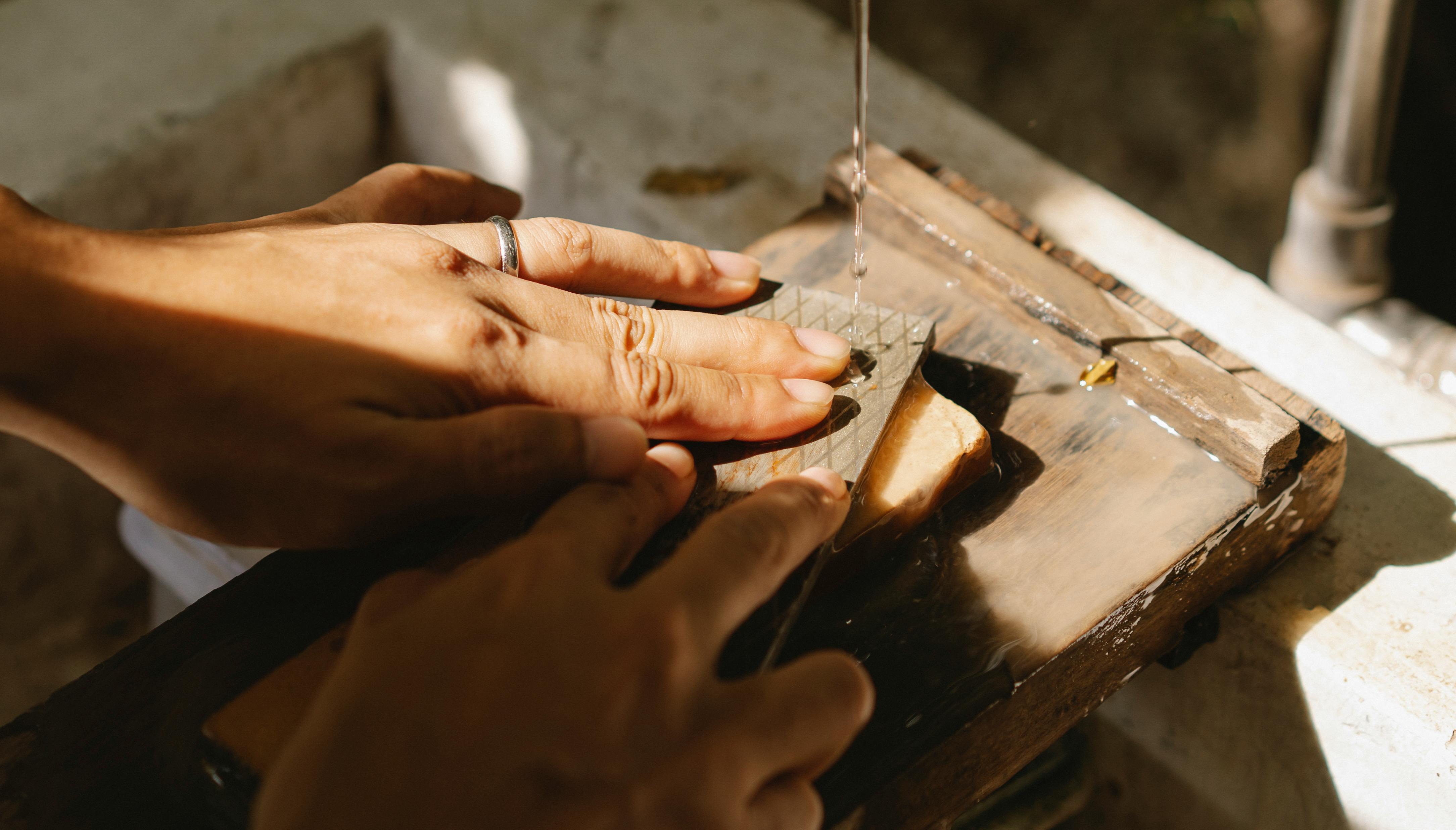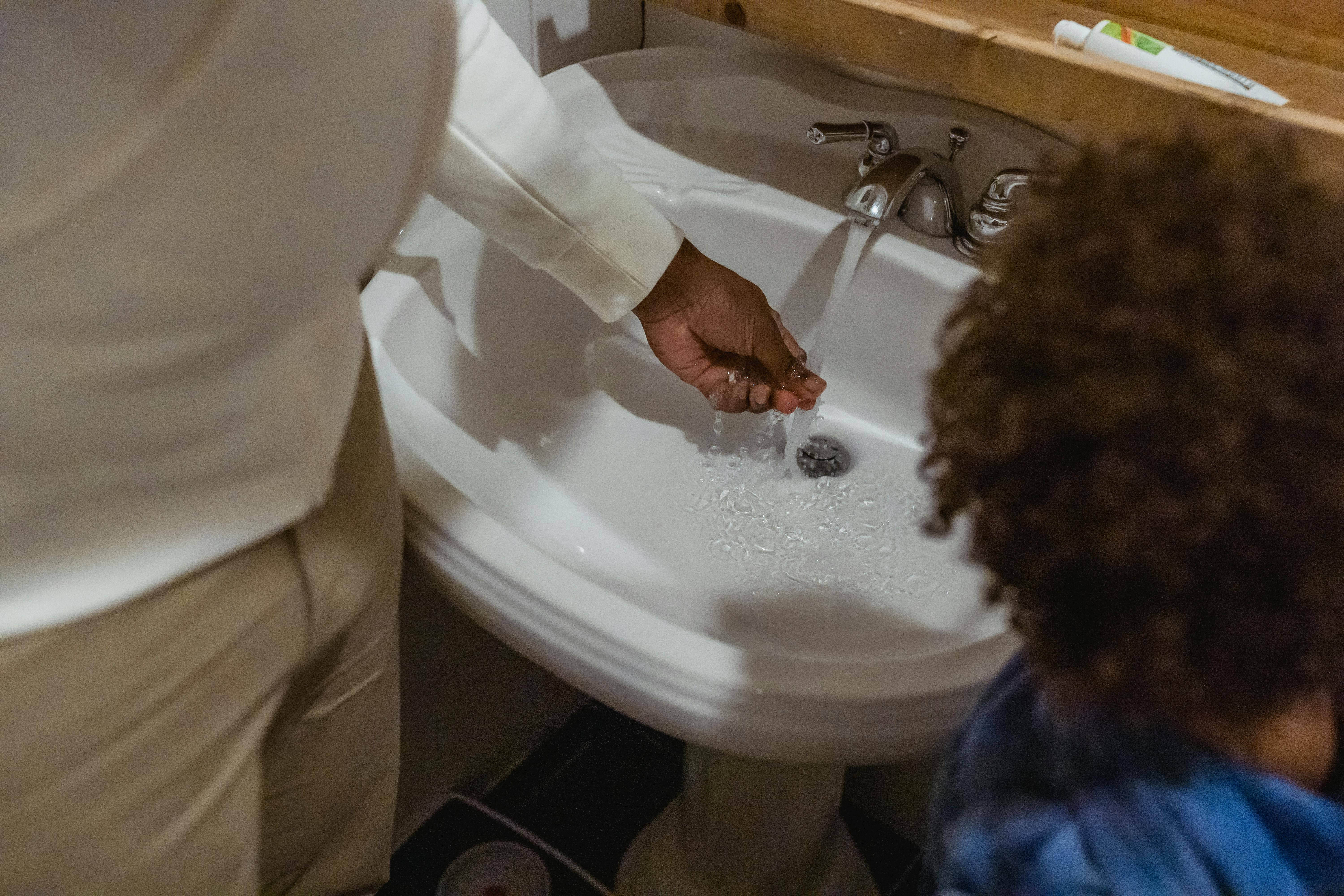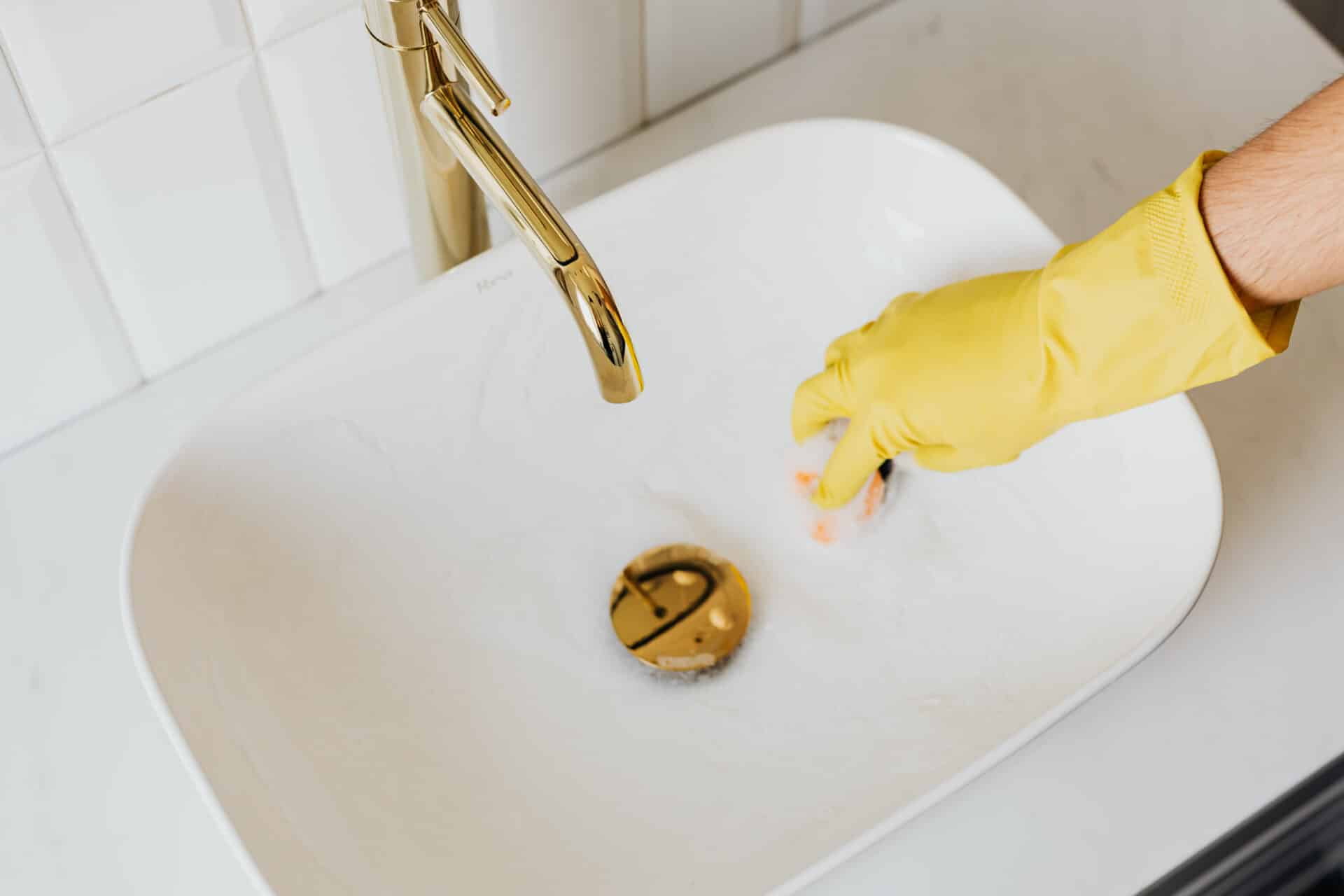Making distilled water from tap water is a simple process that can be done using common household items. Distilled water is ideal for use in steam irons, car batteries, and humidifiers as it does not contain any of the minerals or chemicals that are present in tap water. Distilling tap water also allows you to purify the water and remove contaminants like lead, nitrates, and chlorine. The process is relatively straightforward and can be done in a few easy steps.Distilled water is water that has been purified through a process of distillation. In this process, water is boiled and the steam is collected and cooled, leaving behind any impurities or minerals. The resulting water is often referred to as “demineralized” or “purified” water, as it does not contain the minerals that are usually found in tap water. Distilled water is often used in medical treatments, laboratory experiments, and many industrial processes.
Distillation
Distillation is a process used to separate and purify liquids based on their different boiling points. It involves heating a mixture of liquids until the vapor produced contains all the components of the mixture, then condensing and collecting these components. By changing the temperature and pressure in the distillation apparatus, it is possible to separate various components from each other. In essence, distillation is a process of boiling liquid down to its purest form.
The process relies on the different boiling points of substances. When heated, substances will evaporate at different temperatures as each has its own unique boiling point. For example, water boils at 100°C while alcohol boils at 78°C. This means that when a mixture of water and alcohol is heated, the water will evaporate first, followed by the alcohol. The vapors can be collected and condensed back into liquid form.
Distillation can also be used to purify liquids by removing impurities or contaminants that have a lower boiling point than the desired product. As these impurities evaporate first, they can be separated from the desired product while it remains in liquid form. This is often done with water as it can contain numerous impurities such as salt or minerals that need to be removed before it can be consumed safely.
In summary, distillation is a process used to separate and purify liquids based on their different boiling points. It involves heating a mixture until its components vaporize, then condensing and collecting them for further use or consumption. The process relies on differing boiling points between substances so that they may be separated from each other in their purest form.
What Do You Need to Make Distilled Water?
To make distilled water, you will need a few basic items. First and foremost, you will need a container to hold the water. This can be any type of container that is large enough to hold the amount of water you want to distill. Next, you will need a source of heat. This can be either an electric heating element or a gas burner. You will also need a condenser to cool the water after it has been heated and vaporized. Finally, you will need some type of filter or purification system to remove impurities from the water before it is consumed.
Once you have all of your equipment in place, you can begin the distillation process. First, fill your container with cold tap water and place it on top of your heat source. Depending on the type of heat source you are using, it may take several minutes for the water to reach boiling point. Once boiling, turn down the heat slightly and let the water boil for several minutes before turning off the heat completely.
Once boiling has stopped, carefully pour out any remaining hot liquid into another container or sink and then place your condenser overtop of your original container. The condenser will cool down the vaporized liquid and return it to its liquid state as distilled water. Once cooled, use your filter or purification system to remove any impurities from the distilled water before consuming it.
Making distilled water at home is an easy process that anyone can do with just a few simple items. However, always take care when handling hot liquids as they can cause serious burns if not handled properly.
Setting Up a Distillation Apparatus
Distillation is a process that separates mixtures of liquids into their individual components. This can be done using a distillation apparatus, which is composed of several components. To set up a distillation apparatus, you will need to have the following items: a round-bottom flask, a thermometer, an adapter, and a condenser. Here are the steps for setting up the apparatus:
1. Begin by attaching the round-bottom flask to the adapter. Make sure that the flask is securely seated on the adapter and that there are no leaks.
2. Insert the thermometer into the round-bottom flask so that it is suspended in the liquid mixture. Make sure that it does not touch either the bottom or sides of the flask.
3. Connect the condenser to the adapter and then attach it to an ice bath or water bath to cool down any vapors that are produced during distillation. Make sure that all connections are secure and there are no leaks.
4. Place your distilling container underneath the condenser to collect any distilled liquid from your setup.
5. Finally, ensure that all pieces of equipment are securely connected and start your distillation process by heating up your mixture in the round-bottom flask until it reaches its boiling point as indicated by your thermometer reading.
These steps should help you set up your own distillation apparatus in no time! Be sure to take safety precautions when working with flammable liquids or gases, as these can be highly dangerous if handled incorrectly.
Step-by-Step Guide on How to Make Distilled Water from Tap Water
Distilling water is an effective and straightforward way to purify water, and it can easily be done at home with a few simple items. If you want to make distilled water from tap water, follow the steps below.
Firstly, fill a large pot halfway with the tap water you want to distill. Place a smaller pot inside the larger one, but make sure that the bottom of the smaller pot is not touching the water in the larger pot. Put a lid over the top of both pots, making sure that it is secure and will not fall off.
Next, turn on your stove and set it to medium heat. Let the water come to a boil, then reduce heat to low so that it continues boiling gently and does not evaporate too quickly. As steam rises out of the boiling water in the large pot, it will condense on the underside of the lid and drip into the smaller pot inside.
Once you notice enough condensed liquid has collected in the top pot, turn off your stove and allow both pots to cool down before handling them. The liquid collected in this way is distilled water; it has been purified through evaporation and condensation.
Finally, pour your distilled water into clean containers for storage or immediate use as desired. If you store it for long periods of time or plan on drinking it, be sure to add a few drops of chlorine bleach or other sanitizing agent per gallon of distilled water as an extra precaution against potential contaminants.
By following these steps you can easily make distilled water from tap water right at home!

Why Is It Necessary to Boil the Tap Water Beforehand?
Boiling tap water before drinking it is an important safety measure that can help protect against potential contaminants and pathogens. Boiling water kills bacteria, parasites, and viruses that can cause serious illnesses such as cholera, dysentery, and giardia. By boiling the tap water, it removes any potential pathogens or contaminants that may be present in the water.
In some areas, the water supply can be contaminated with pollutants from industrial runoff or agricultural waste. These pollutants, such as pesticides and heavy metals, can make people sick if consumed. Boiling tap water helps to neutralize these contaminants, making it safer to drink.
In addition to killing bacteria and other potentially harmful organisms, boiling tap water also makes it taste better by removing unpleasant odors and flavors. This is especially true if the tap water has been sitting in pipes for a long time or has been exposed to the environment for an extended period of time.
For all these reasons, boiling tap water before consuming it is a good practice for ensuring that your drinking water is safe and free of contaminants or pathogens. It also helps remove unpleasant tastes and odors from the water so you can enjoy fresh-tasting drinking water every time.
Step 1: Gather the Equipment
In order to make distilled water from tap water, you will need a few pieces of equipment. The first is a pot that is large enough to hold the amount of water you would like to distill. You will also need a heat source such as a stove, hot plate, or even an electric heating element. Additionally, you will need an airtight container to collect the distilled water in and something to filter out any impurities in the water. Finally, you will need some tubing or other apparatus to transfer the distilled water from your pot into the container.
Step 2: Prepare the Water
Once you have all of your equipment ready, it is time to start preparing the tap water for distillation. You should start by filtering out any impurities or contaminants in the water using your chosen filtration system. If possible, use a filter with a very fine mesh that can capture even the smallest particles. Once your filter has removed any particles from the water, it is time to begin heating it up.
Step 3: Heat Up and Distill
Once your tap water has been filtered and heated up, it is time to start distilling. Place your pot on your heat source and turn it up high enough so that all of the liquid boils off but not so high that it evaporates too quickly. As this happens steam will begin forming on top of the liquid and this steam should be captured in your airtight container using your tubing or other apparatus. Once all of the liquid has been boiled off, turn off your heat source and let everything cool down before collecting the distilled water in another container for future use.
Step 4: Clean Up
Finally, once you have finished distilling your tap water into distilled water, clean up all of your equipment so that it can be used again in future if needed. Make sure that everything is dried thoroughly before storing away and check for any signs of damage or wear and tear if necessary. With these few steps you now know how to make distilled water from tap water!
Storing and Dispensing the Distilled Water
Storing and dispensing distilled water is an important part of any water filtration system. It is essential to ensure that the water remains free from contaminants throughout its storage and dispensing process. The best way to achieve this is to store the distilled water in a sealed container or tank, and then dispense it using a distillation device. This device can be either manually operated or connected to a plumbing system. When connected to a plumbing system, the device should be able to provide a filtered and purified supply of water at all times.
When storing distilled water, it is important to use containers that are properly sealed in order to prevent contamination. Containers made of plastic or metal are generally considered safe for storing distilled water as they can withstand temperature fluctuations better than glass containers. It is also important to ensure that the containers are kept away from direct sunlight as this can cause bacterial growth in the stored water. Finally, it is recommended to keep the containers away from areas where there may be chemical contaminants such as paint fumes or other chemical vapours.
When dispensing distilled water, it is important to ensure that the equipment used is properly maintained in order to avoid any contamination of the stored water. The equipment should be regularly checked for leaks or cracks which could potentially lead to contamination of the stored water. In addition, it is also recommended that only filtered or purified tap water should be used when filling up the containers with distilled water in order to avoid further contamination.
In conclusion, storing and dispensing distilled water requires careful consideration in order to ensure that the stored water remains free from contaminants throughout its storage and dispensing process. By using sealed containers, keeping them away from direct sunlight and other potential sources of contamination, and using only filtered or purified tap water when filling up with distilled water, one can guarantee that they will have access to clean, safe drinking water at all times.

Conclusion
Distillation is an effective and simple way to make distilled water from tap water. The process of distillation involves boiling the tap water, collecting the steam, and cooling it back down to its liquid form. By doing this, impurities and contaminants are left behind as the steam evaporates. Distilled water is often used for drinking purposes or in laboratory experiments as it is free from harmful contaminants and has a neutral pH.
It is important to remember that distilled water does not contain minerals or electrolytes, so it should be supplemented with minerals if needed. Additionally, distilled water should not be used in place of regular tap water for cooking purposes as this can adversely affect the taste of food.
Overall, distillation is an ideal way to make drinking-quality distilled water from tap water with minimal effort and cost. This method can be used at home or in laboratories for quick and easy access to distilled water for various applications.

